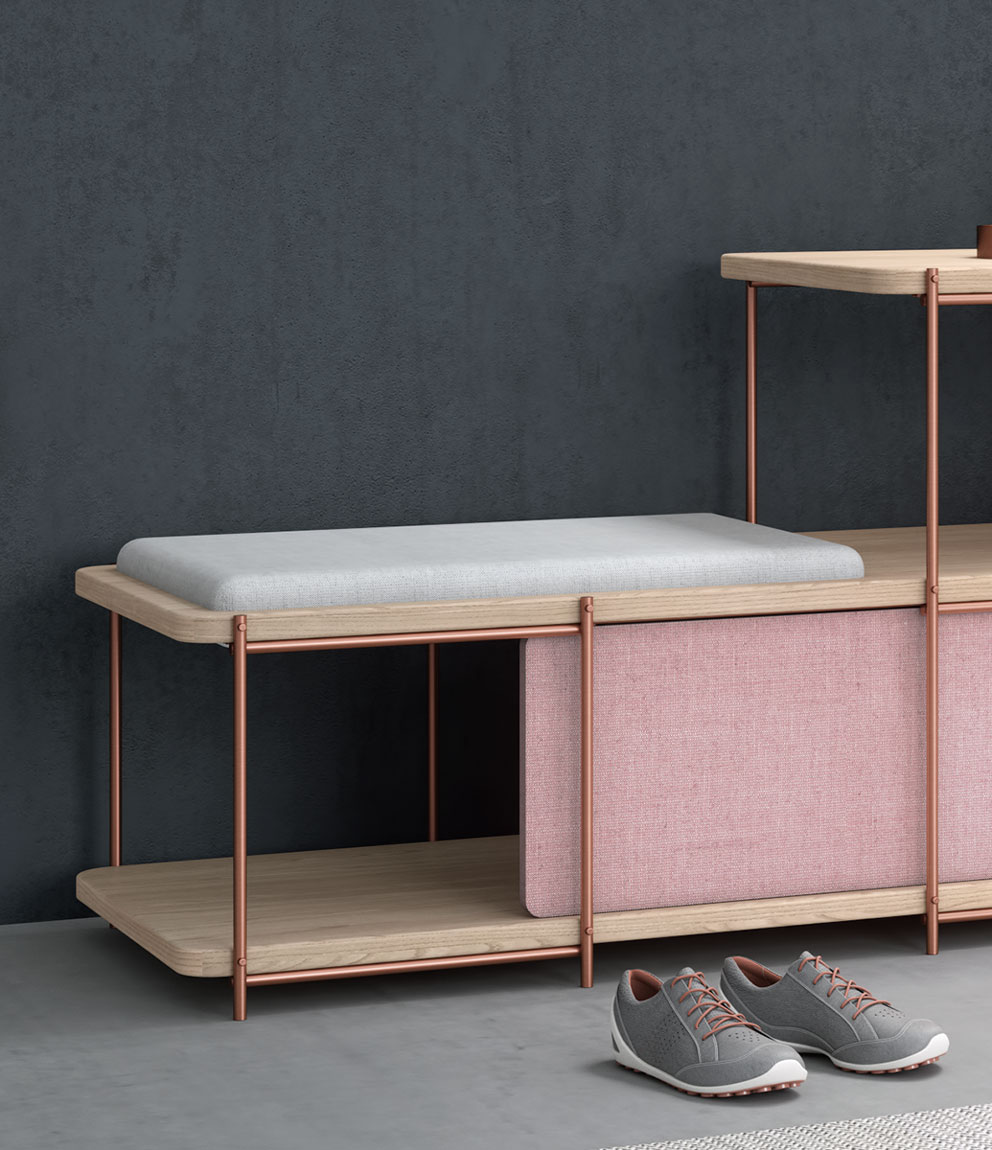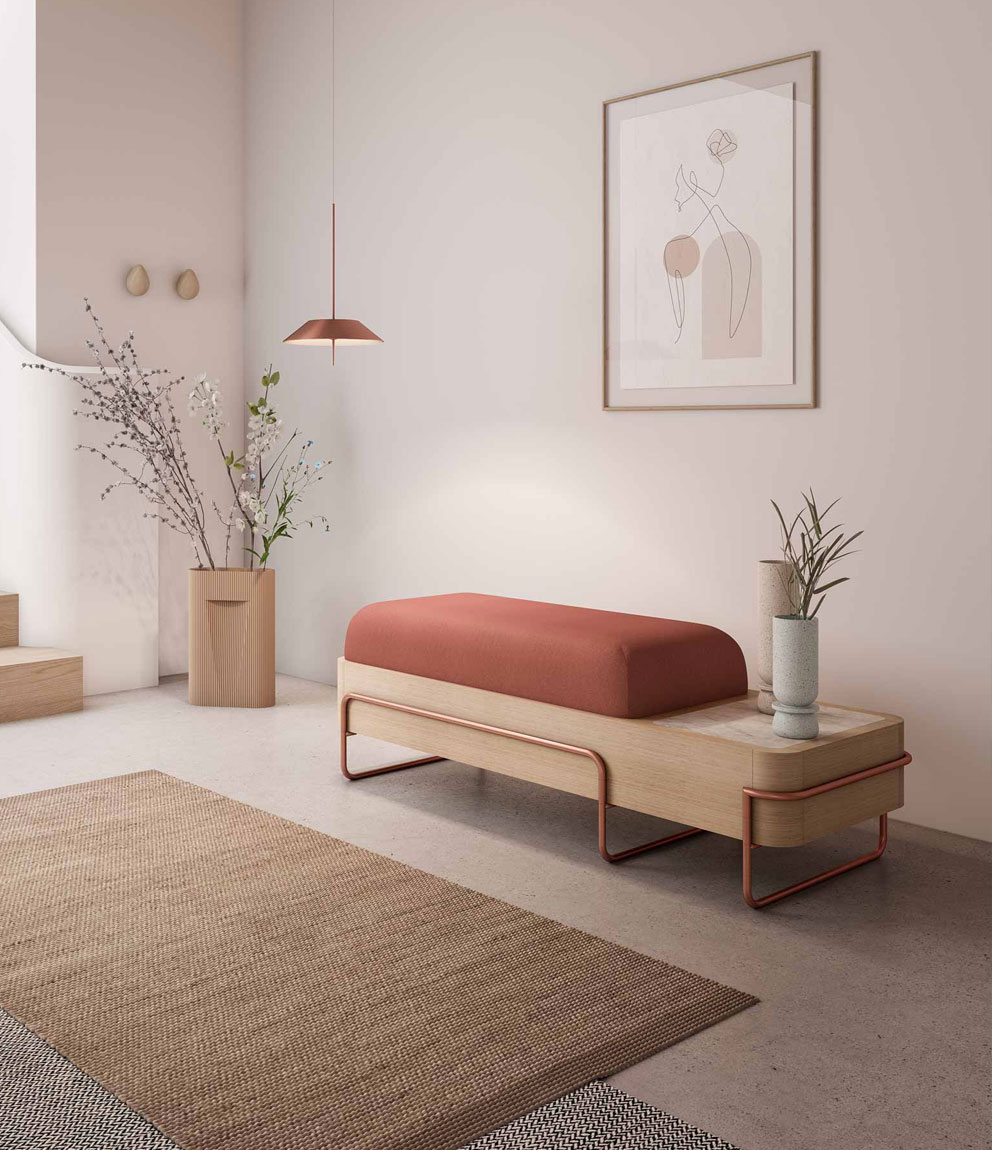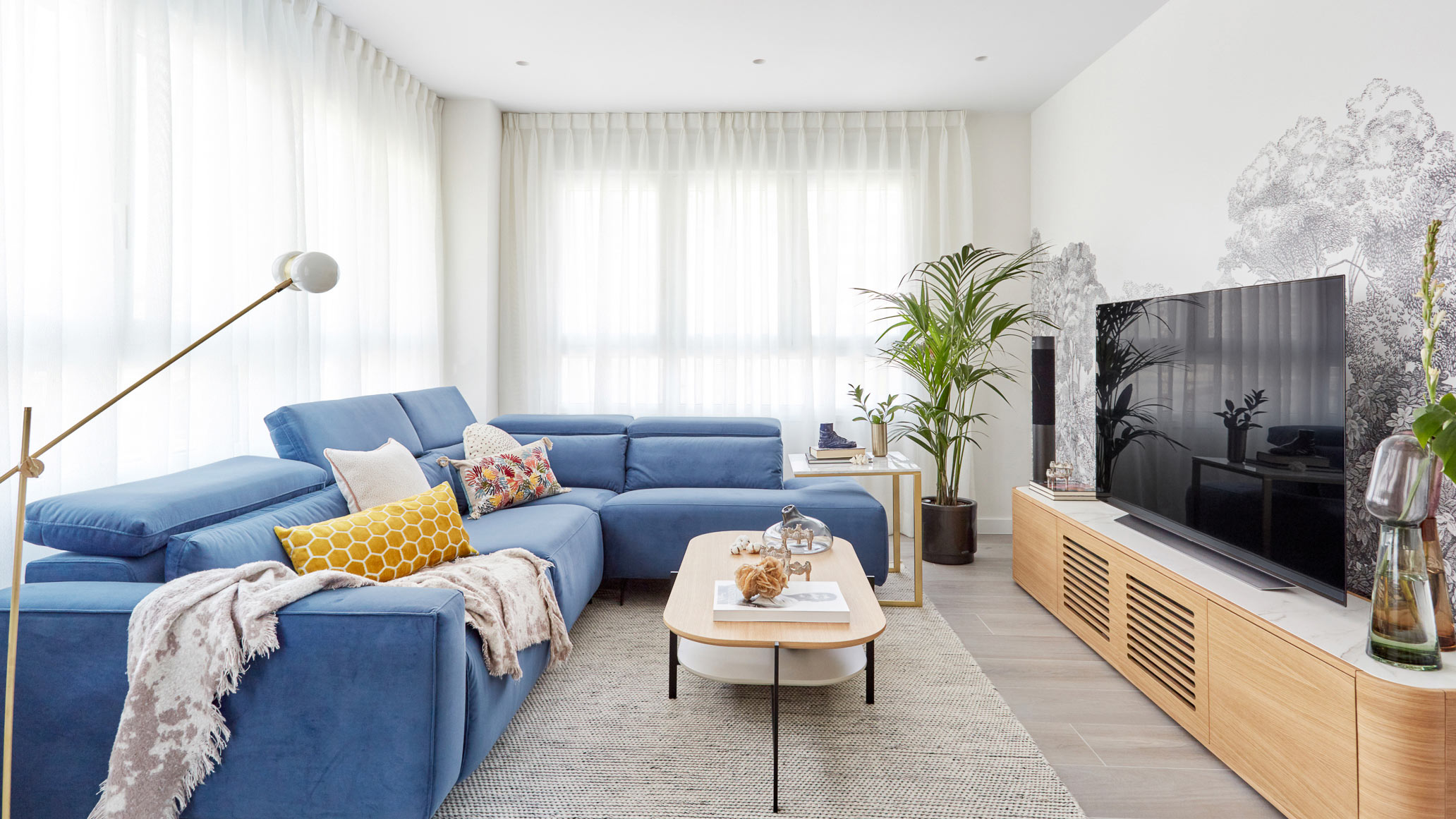Neurodesign and well-being
Science in interior design
We are increasingly designing for the senses. We are constantly playing with colours and materials to generate sensations and emotions in our interiors. But did you know that science is behind this? This is how neurodesign works.
Neurodesign and also neuroarchitecture study how design and architecture can adapt to each individual to provoke pleasure and well-being. In other words, studying how to create interiors or homes that generate happiness.
From neurodesign we have learned that wood, earth-inspired colours, or green plants generate peace and make us feel at ease in the spaces we inhabit.
That is why it is important that a house adapts to us and not the other way around. Emotional wellbeing is connected to the wellbeing of the space.
Neurodesign takes advantage of a series of factors that occur in our brain (generally). Used wisely they will completely change the essence of a space:
- It likes symmetry.
- Simplicity attracts attention.
- Organic and natural is pleasant..
- Novelty yes but related to something familiar
So, the challenge is to design homes that respond to all these premises. If your home doesn’t feel good right now, don’t get carried away by trends, they will rarely represent you 100% and you will never be happy with the result. But you can rely on some lessons from neurodesign:
- We are human and we breathe. It is important to ventilate and have good natural light. Otherwise, you will feel cooped up in your own home.
- Working at home? Position your desk so that you can see the door and the window. Otherwise, your nervous system will be activated periodically looking for a way out.
Bring calm into the home. - Curtains, rugs, or upholstered furniture can dampen ambient noise.
- Order, cleanliness, and ventilation. A spa for our brain.
- Nature at home, who doesn’t feel calmed by a nice walk in a garden or a forest?
- Recreate nature-inspired tones in the home to relax the nervous system and play with the science of colour: yellow to encourage creativity, greens and blues to reduce anxiety, red for happiness…
- Organic decoration. Let’s face it, no one finds peace of mind with sharp decorative objects.
Does your home comply with any of these neurodesign teachings? Now that you know how science works on interior design and on us, take a moment to study yourself and make your home an oasis of wellbeing.









